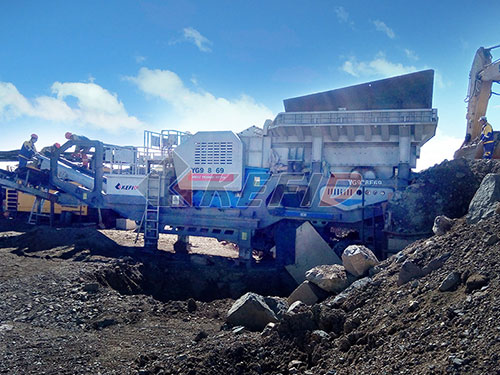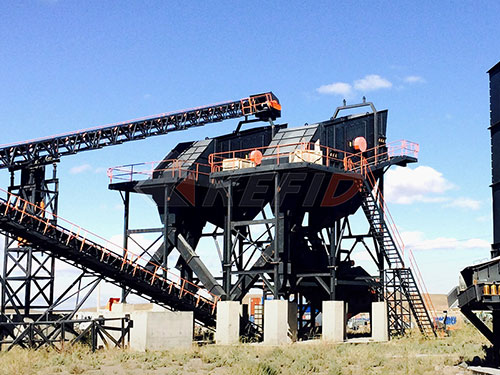The Essential Flow of Stone Crushing: From Quarry to Construction
The transformation of raw rock into usable aggregate is a fundamental process underpinning construction and infrastructure development worldwide. Understanding the flow within a stone crushing plant is crucial for optimizing efficiency, product quality, and operational safety. This article outlines the typical stages involved in processing stone.
1. Extraction & Pre-Processing (The Starting Point):
Quarrying: Large rocks (boulders) are extracted from the quarry face using methods like drilling, blasting, or mechanical excavation.
Transport: Raw material is transported from the quarry face to the primary crusher, often using large dump trucks or loaders.
Pre-Screening/Feeding: Before entering the primary crusher, material may pass through a grizzly screen (a coarse grid) or a vibrating feeder. This removes very fine material (sand, soil) and oversize rocks that might block the crusher entrance. The feeder ensures a controlled and consistent flow of material into the crushing circuit.

2. Primary Crushing (The First Reduction):
Primary Crusher: Large boulders are fed into the primary crusher – most commonly a Jaw Crusher or Gyratory Crusher. These robust machines apply immense compressive force to break down rocks into smaller pieces, typically reducing them to sizes ranging from roughly 150mm to 300mm (6-12 inches). The primary goal is significant size reduction.

3. Secondary Crushing (Further Refinement):
Conveying: Crushed material from the primary stage is conveyed (usually by belt conveyors) to the secondary crushing unit.
Secondary Crusher: This stage takes the output from the primary crusher and reduces it further. Common secondary crushers include Cone Crushers (excellent for hard, abrasive rock) and Impact Crushers (ideal for softer rock and producing more cubical shapes). Output sizes typically range between 20mm and 100mm (0.75 – 4 inches). Secondary crushing refines size and improves particle shape.
4. Screening & Classification (Sorting by Size):
Conveying to Screens: Material leaving secondary crushers is conveyed to vibrating screens.
Vibrating Screens: These screens consist of multiple decks with different sized mesh openings. They physically separate the crushed material into specific size fractions:
Overs

Leave a Reply